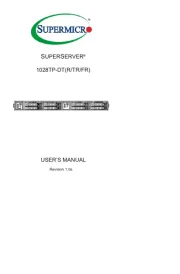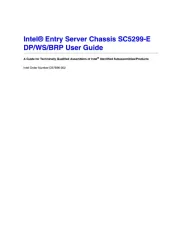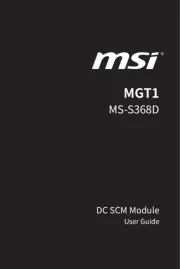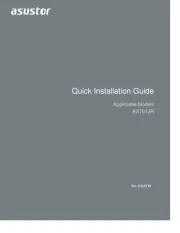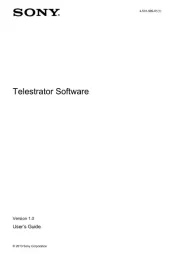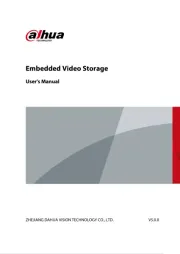QNAP TS-1635AX Manual
Læs gratis den danske manual til QNAP TS-1635AX (126 sider) i kategorien Server. Denne vejledning er vurderet som hjælpsom af 50 personer og har en gennemsnitlig bedømmelse på 4.9 stjerner ud af 25.5 anmeldelser.
Har du et spørgsmål om QNAP TS-1635AX, eller vil du spørge andre brugere om produktet?

Produkt Specifikationer
| Mærke: | QNAP |
| Kategori: | Server |
| Model: | TS-1635AX |
Har du brug for hjælp?
Hvis du har brug for hjælp til QNAP TS-1635AX stil et spørgsmål nedenfor, og andre brugere vil svare dig
Server QNAP Manualer
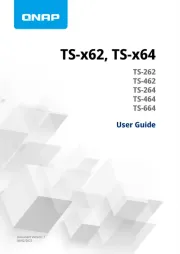
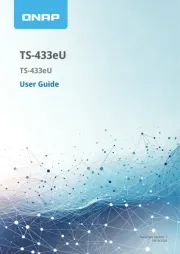








Server Manualer
- IoSafe
- LevelOne
- Netgear
- Veritas
- Abus
- Hanwha
- Quantum
- Teradek
- Elecom
- Luxman
- Silverstone
- Toshiba
- Promise Technology
- Megasat
- Fantec
Nyeste Server Manualer



